Welcome back to the blog series on ‘What Makes an Audit Ineffective?’ In case you missed it, be sure to check out the previous post where we discussed Required Documents and Records.
Auditing Basics: Objective Evidence
Another reason that audits are ineffective is due to the objective evidence documented by the auditor in the audit report, or the lack of objective evidence provided by the audited organization.
What Is ‘Objective Evidence’?
Let’s look at the definition for objective evidence according to ISO 9000:
3.8.3
objective evidence
data (3.8.1) supporting the existence or verity of something.
- Note 1 to entry: Objective evidence can be obtained through observation, measurement (3.11.4), test (3.11.8), or other means.
- Note 2 to entry: Objective evidence for the purpose of audit (3.13.1) generally consists of records (3.8.10), statements of fact or other information (3.8.2) which are relevant to the audit criteria (3.13.7) and verifiable.
At QSI, we believe objective evidence is to provide for audit results that are:
- Verifiable
- Repeatable (the consistency of objective evidence recorded by an auditor while auditing processes in a given audit)
- Reproducible (the variability of the objective evidence caused by differences in how more than one auditor records information)
Objective evidence is proof that the audited organization either met or did not meet the stated requirements required by the governing standard or specification.
How to Gather Objective Evidence
Gathering objective evidence (or “audit evidence”) involves several techniques, or a mix of them, such as:
- Observing (watching an assembly process)
- Viewing (seeing nonconforming material stored with conforming material)
- Reviewing (reading procedures or drawings)
- Witnessing (monitoring a pressure test)
- Interviewing (two-way conversation with the subject matter expert)
Objective evidence includes, but is not limited, to:
- Document numbers / revision levels / dates
- Names of interviewees
- Work order / job numbers / part numbers
- Purchase order numbers
- Contract / sales order numbers
- Drawing numbers / revision levels
- CNC program numbers / revision levels
- Photographs (only when allowed and agreed upon by the audited organization)
- Objective evidence is firsthand information gained by the auditor from the audited organization.
Objective Evidence Best Practices
Objective evidence is visually seen, viewed, heard or experienced by the auditor. The intent of recording objective evidence is to allow another competent auditor to follow the same path as the original auditor, if needed.
To make the audit effective, objective evidence must be based on facts and must be traceable back to the source, which is one of the reasons for documenting as much information as possible about the viewed evidence. Numbers are easy to transpose, especially under the pressure of an audit, both for the auditor and the audited organization. Including dates, revision levels and even part numbers provides additional information to make the evidence traceable.
Objective evidence should point to processes, not people. If objective evidence points to a person, do not use names; rather, use the associated job title, and make sure the evidence is written in a neutral and non-accusatory voice.


